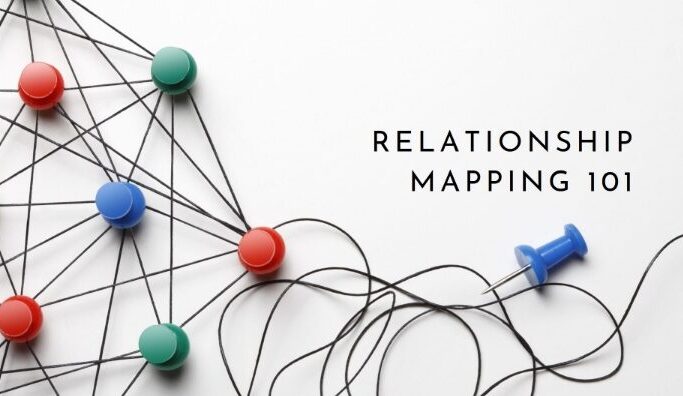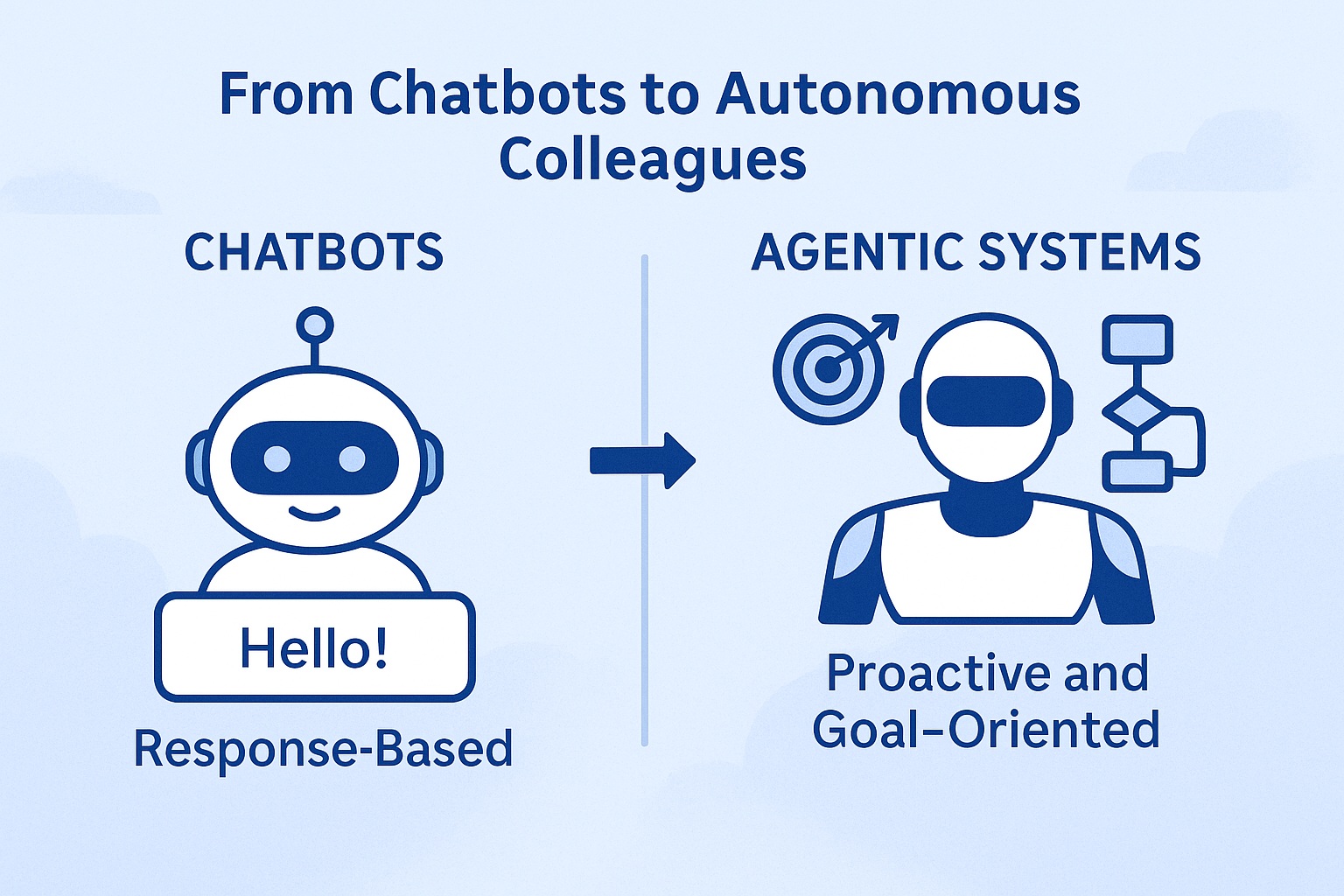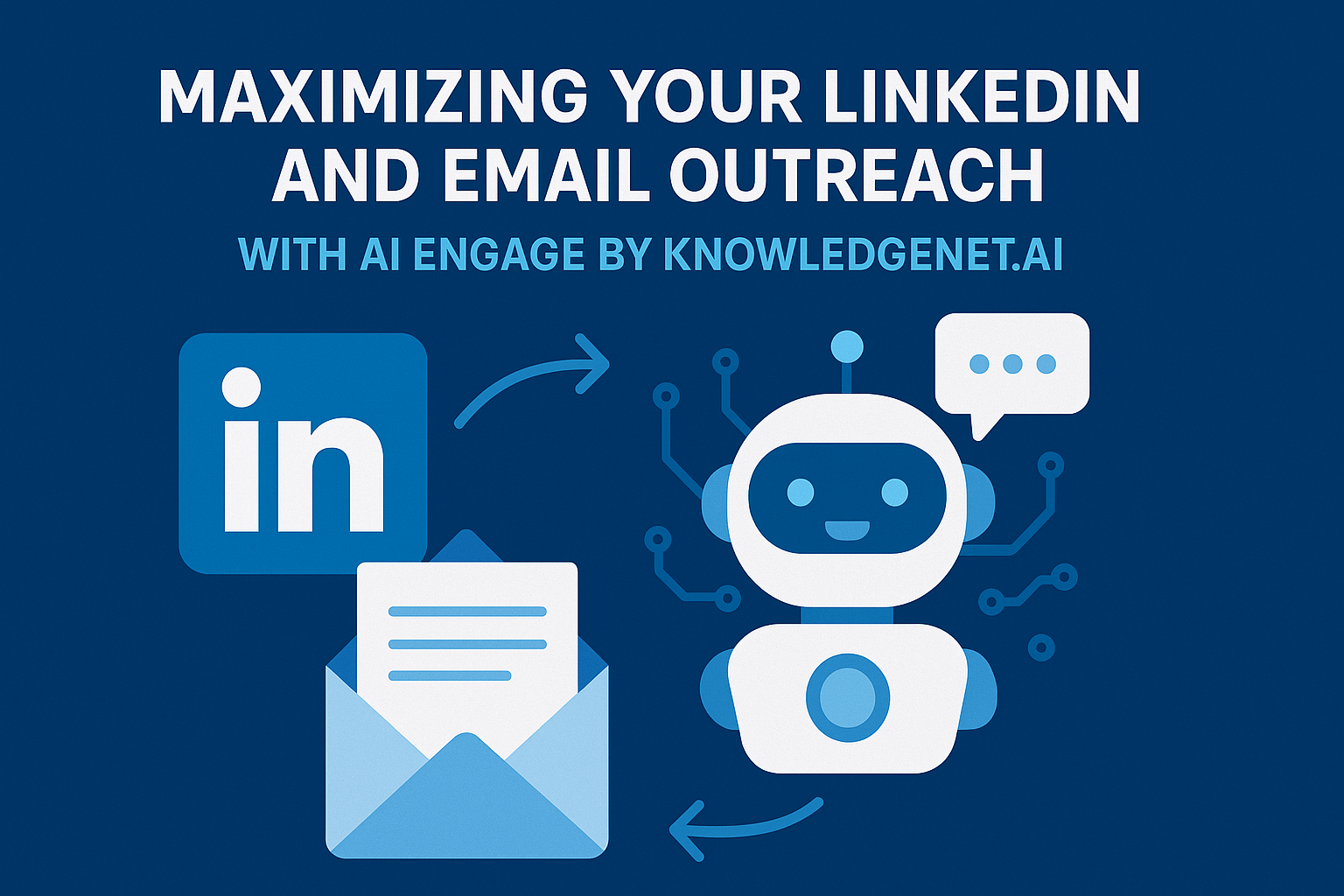You’ve likely heard about relationship mapping and its importance for your organization, but what does it really entail? This guide will clarify relationship mapping, its significance, and how to effectively leverage it for your business needs.
What is Relationship Mapping?
Relationship mapping is the practice of visualizing the connections within your organization. It goes beyond simply knowing who is connected to whom; it highlights the depth of those connections, including details like communication history and interaction frequency. Think of it as a more advanced and insightful version of LinkedIn’s network features.
By integrating with your Customer Relationship Management (CRM) system, relationship mapping provides a comprehensive view of your organization’s networks. This enables informed decision-making, facilitates introductions, and speeds up deal closures. In complex B2B transactions, where multiple stakeholders are involved, a clear understanding of these relationships can provide a crucial competitive edge. With an average of 11 individuals participating in purchasing decisions, mapping these connections is essential for success.
Why Is Relationship Mapping Important?
When potential clients turn down your offerings, weak relationship management may be the culprit. In today’s business landscape, fostering relationships is vital—not just with individuals, but across all decision-makers involved. Neglecting these relationships can lead to missed opportunities.
According to Gartner, B2B purchasing decisions now often involve 6 to 10 people, a number that is steadily increasing. Relying on a single strong relationship is no longer sufficient. Executives are hesitant to override group decisions, making it imperative to understand the motivations and dynamics of all key players. This is where relationship mapping becomes essential.
Relationship Mapping vs. Relationship Intelligence
Relationship intelligence stems from effective relationship mapping, which help organizations to:
Acquire new clients
Retain existing accounts
Increase revenue within current relationships
Traditionally, relationship mapping required the creation of intricate charts detailing stakeholder relationships, motivations, and interconnections. While this method offered valuable insights, it often became unwieldy and outdated, hindering effective information sharing across teams.
At KnowledgeNet.ai, we’ve transformed this process with our automated relationship mapping solution. Our platform delivers real-time updates and insights, ensuring that your relationship maps are always current and easily accessible wherever you work (email, web, CRM). This empowers your teams to collaborate seamlessly and make informed decisions based on the most up-to-date information, enhancing your organization’s ability to navigate complex relationships effectively.
The Role of Automation in Relationship Mapping
Automation is at the heart of contemporary relationship mapping. For these tools to function effectively, accurate and timely data is crucial. Many organizations, particularly in professional services and finance, struggle with CRM adoption. Without clean data, the value of relationship intelligence diminishes.
How KnowledgeNet.ai Helps
At KnowledgeNet.ai, we specialize in streamlining relationship mapping through cutting-edge automation and intelligent analytics. Our platform integrates seamlessly with your existing CRM, providing real-time insights into your relationships. By leveraging AI-driven data analysis, we help you identify key stakeholders, get into their personality profiles and optimize your engagement strategies.
With KnowledgeNet.ai, you can easily maintain an up-to-date relationship map that evolves with your organization, ensuring you never miss an opportunity to connect. Our user-friendly interface delivers actionable insights directly to your team, empowering them to make informed decisions and drive growth.
Benefits of Relationship Mapping
Implementing relationship mapping can lead to several advantages for your organization:
Enhanced understanding of your network
Improved client retention through stronger relationships
Higher success rates by grasping decision-making dynamics
Swift identification of key influencers and stakeholders
In summary, relationship mapping is a vital tool in the modern business environment. When combined with automation and integrated into your CRM, it enables data-driven decision-making, fosters valuable connections, and ultimately drives growth. With KnowledgeNet.ai, you can harness the full potential of relationship mapping to elevate your organization’s success.




